Spring Garden Checklist for a Low Maintenance Flower Garden
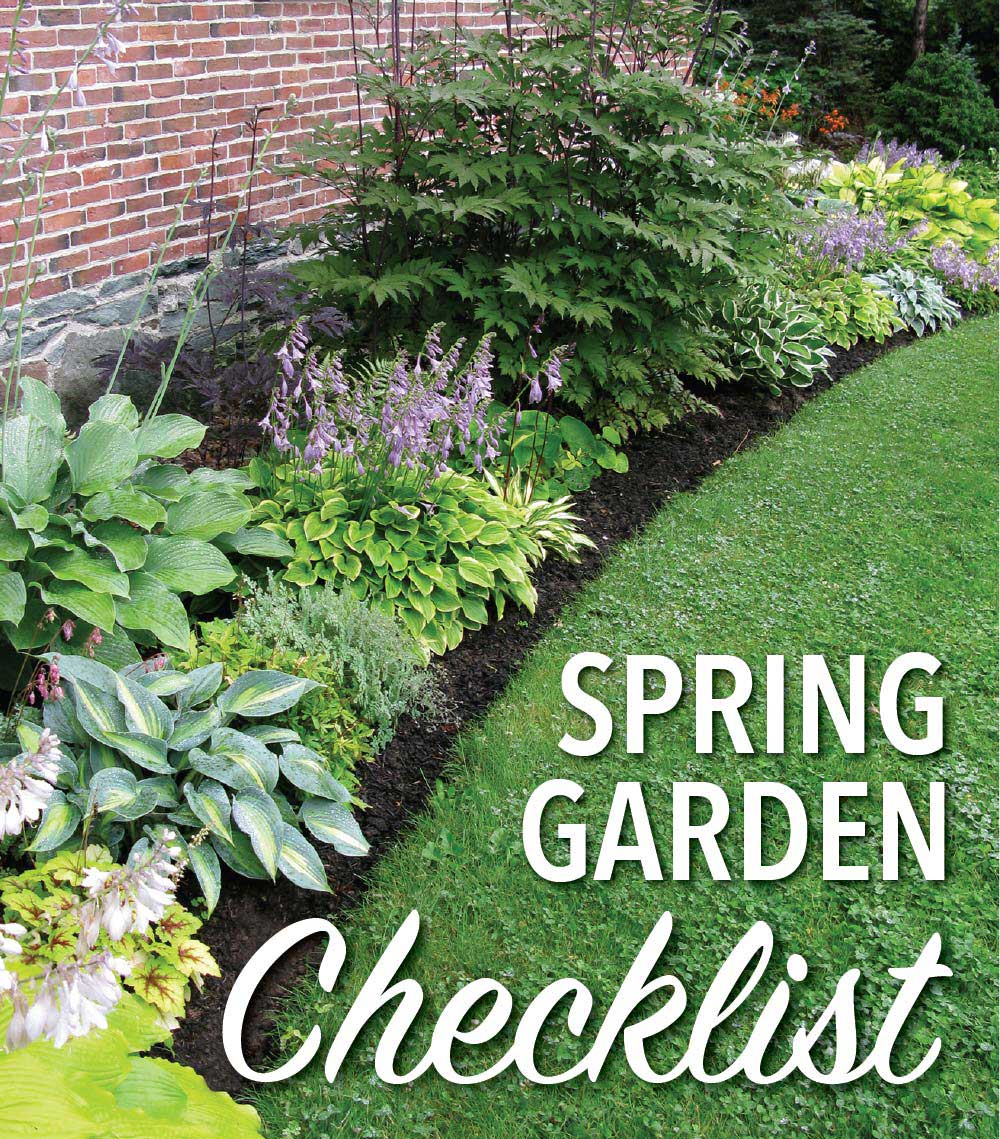
Boost your garden’s beauty and reduce on-going maintenance with a bit of early season care. This spring garden checklist will help you focus on what matters most.
Recently I met a horticulturist who practices “cocktail gardening.” She learned the technique from her professor in college. He recommended investing time at the beginning of the garden season so you can spend less time on garden maintenance in the months ahead. And that means more time to sit and sip a cocktail or mocktail while enjoying the beauty of your garden!
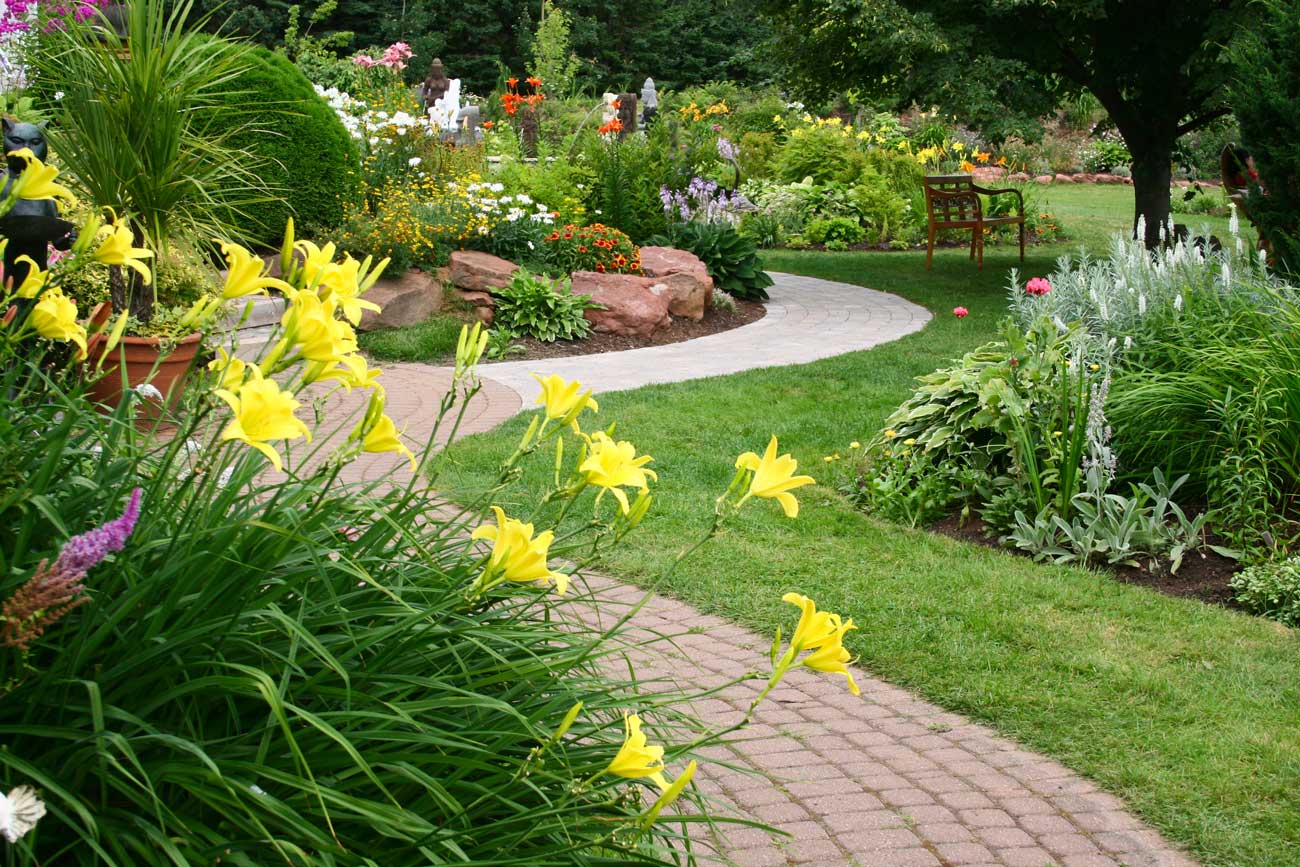
Start With the Soil
Begin your spring workout with proper soil preparation. Most plants prefer moist, well-drained soils. If the soil in your garden is not ideal, you can improve it by incorporating several inches of compost, aged manure or other organic matter into the top 6 to 8 inches. Organic matter improves drainage in heavy soils and increases the water holding ability in sandy and rocky soils.
For an existing perennial garden, spread an inch or two of compost over the soil surface every other year. Use a garden fork or an auger drill bit to aerate the soil between plants and help incorporate the compost into the soil.
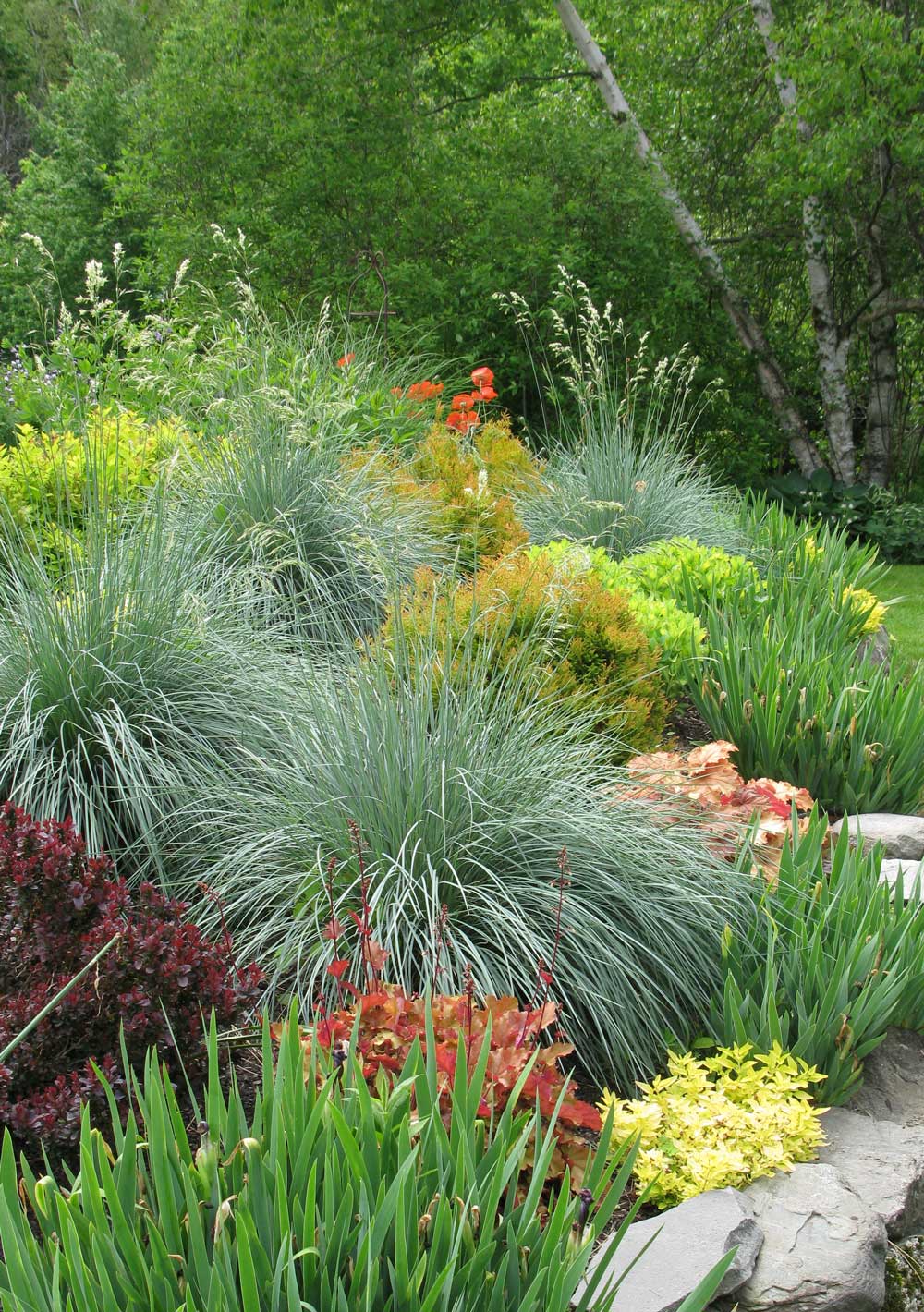
If possible, have your soil tested every few years. The results will tell you the type and amount of fertilizer needed for the plants you are growing. If you don’t have a soil test to go by, use a low nitrogen, slow release fertilizer and follow label directions. For flowering plants, low nitrogen fertilizers are the best choice because they don’t interfere with flower production.
Organic fertilizer formulations have some advantages. They give your plants small amounts of nutrients over a long period of time. They also feed beneficial soil life, which in turn encourage healthier, more productive plants.
Banish Weeds Early
Start managing weeds in early spring. Smaller weeds are easier to pull, especially when the soil is slightly moist. Removing them before they go to seed will prevent hundreds or even thousands of their offspring from bothering you in months and years to come.
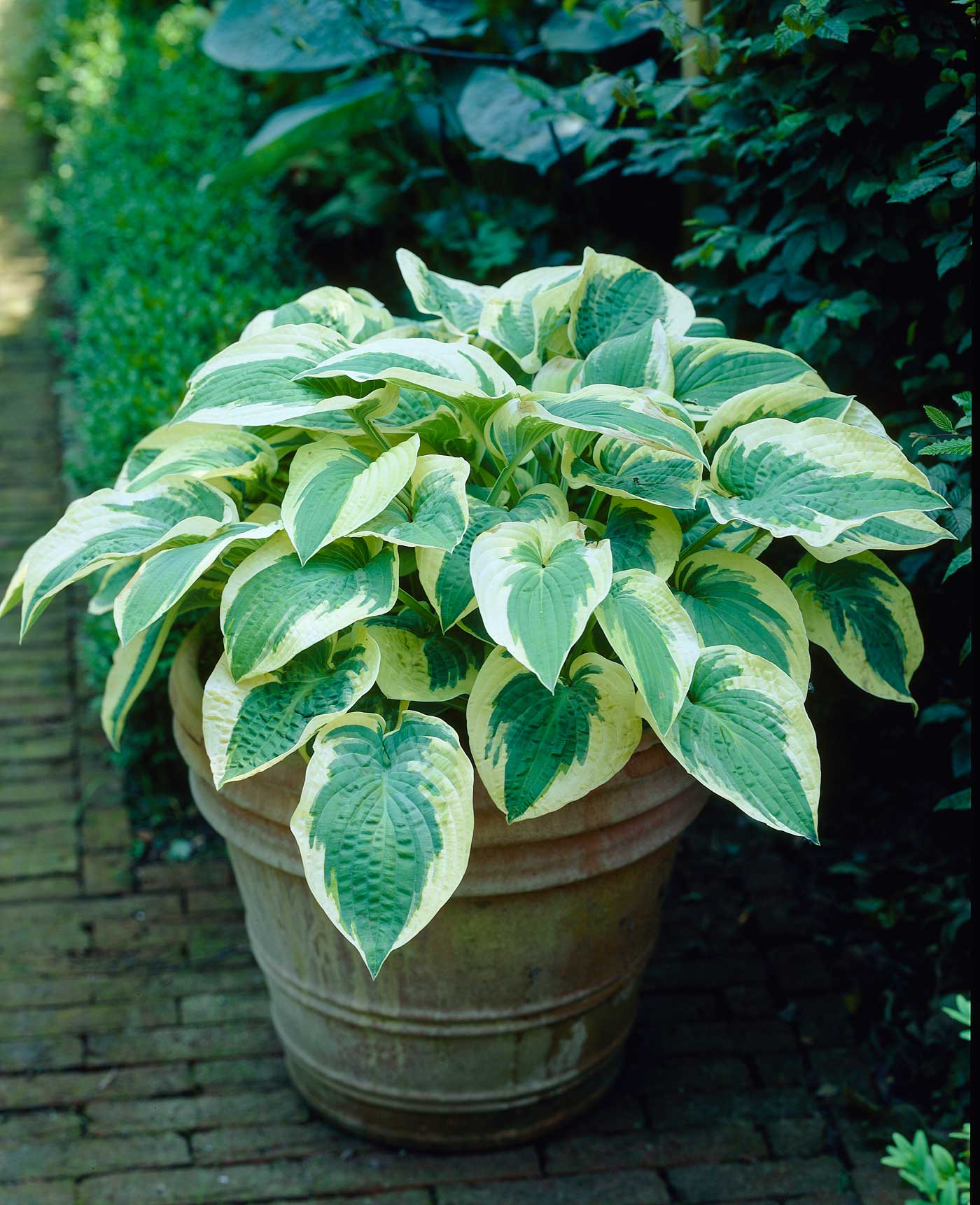
Pick the Right Plants
Select the right plants for the growing conditions. Check the plant tags and make sure the plants you purchase will thrive in the soil, light and year round temperatures. Look for the mature size and spacing recommendations. Those small plants grow quickly and if not given enough space, will outgrow the location. Overcrowding can increase the risk of disease, require more pruning and may mean relocating the plants to another larger space. Avoid this extra work by placing plants in the proper location.
Purchase plants that require the level of care you are willing and able to provide. Avoid plants that are susceptible to disease and insect pests or require lots of deadheading and pruning. Selecting low maintenance plants is a great way to avoid time consuming care throughout the growing season.

Water and Mulch
Water new plantings often enough to keep the soil around the roots slightly moist. After a few weeks, start stretching the time between watering. Watering deeply and less frequently will train the plants to develop a deeper, more drought tolerant root system.
Use mulch to conserve soil moisture, suppress weed growth and keep roots cool during extreme heat. Organic mulches such as shredded leaves, evergreen needles (pine straw), compost and shredded bark will improve the soil as they break down. You and your plants will receive many benefits from this one activity.
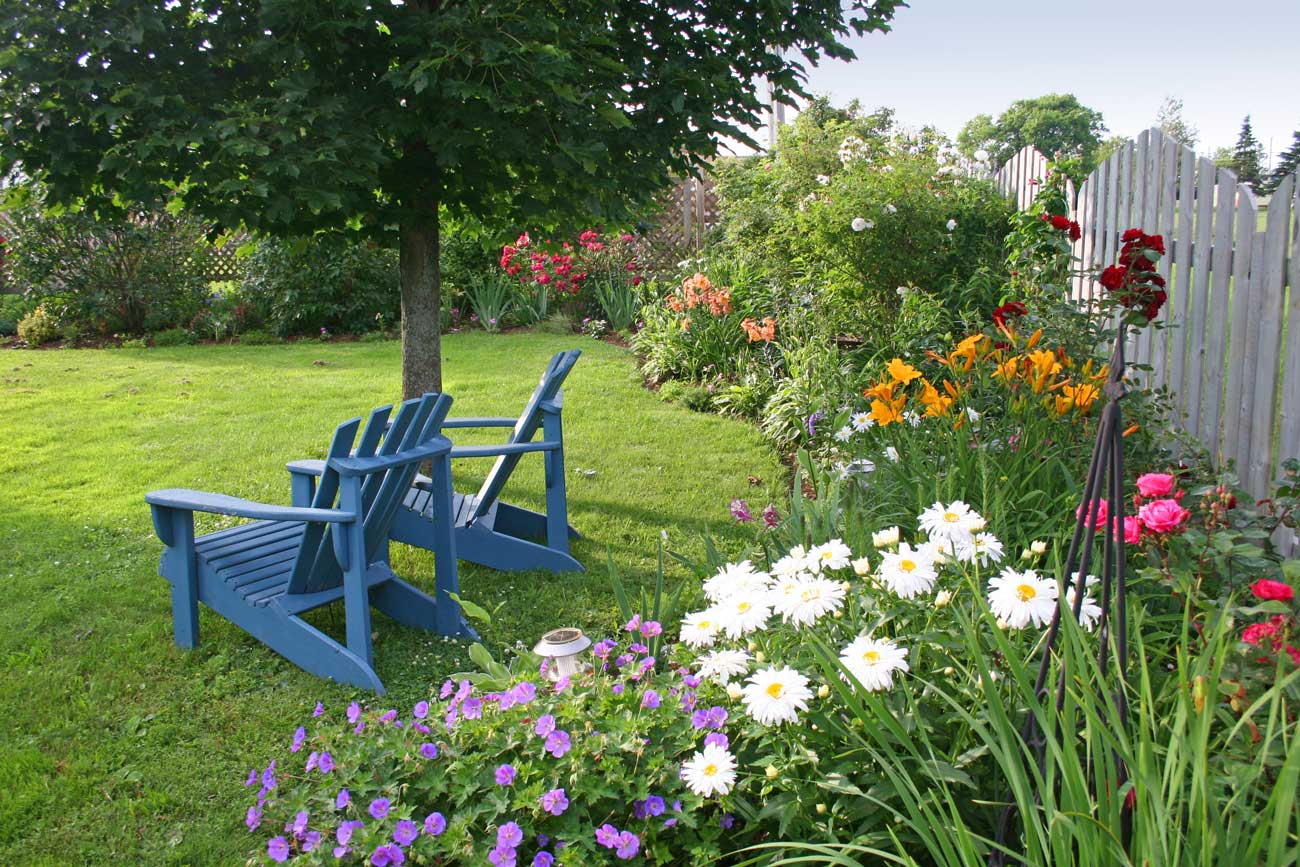
More Time to Enjoy
As you dig into the gardening this spring, think of the time spent as investment in your summertime enjoyment. Prepare a proper foundation for your plants and select the right plants for the location to reduce on-going garden maintenance. Then plan a few fun events and quiet evenings to relax and enjoy the beauty you created.
This guest post was written by Melinda Myers, nationally-known gardening expert, TV/radio host, author & columnist . You’ll find more of her good gardening tips HERE. Thank you, Melinda!

